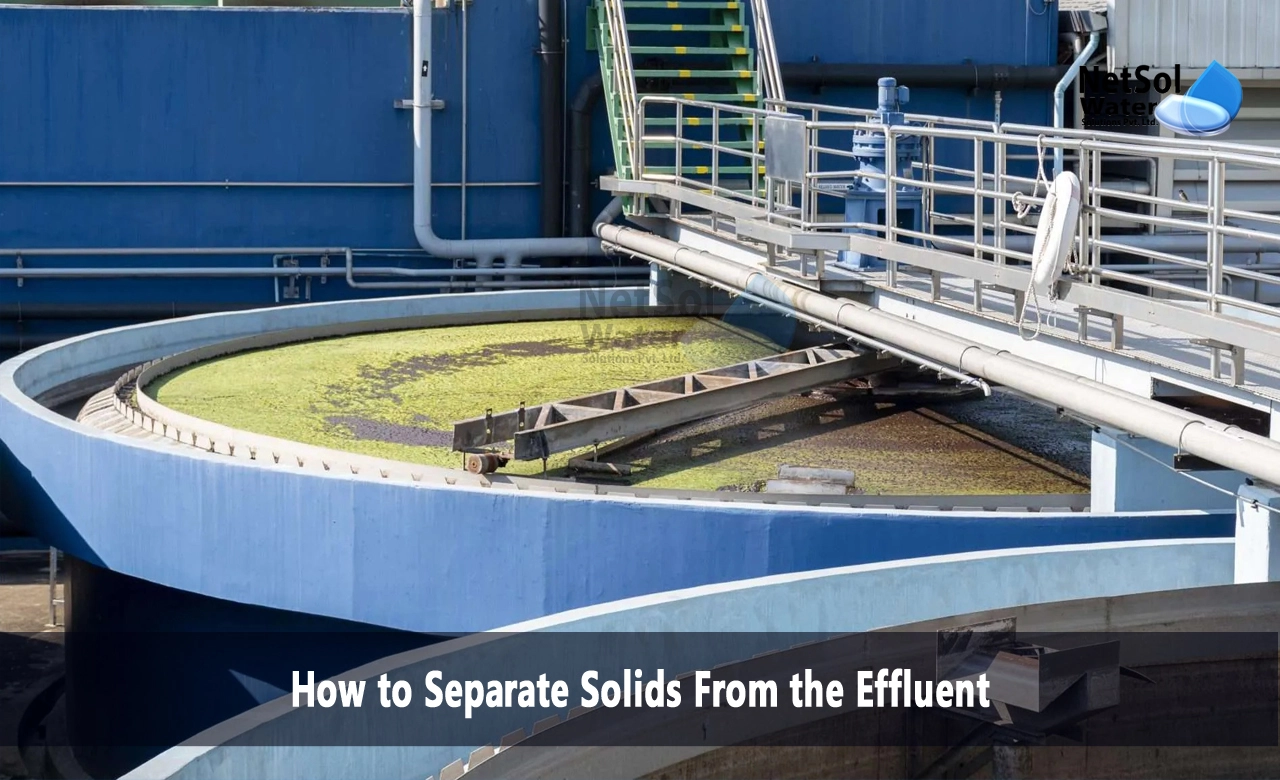How to Separate Solids From the Effluent?
The separation of total suspended solids (TSS) and other particulates is an important step in the tertiary treatment of effluents before final discharge. Conventional sedimentation methods have limitations in removing finely divided colloidal particles and heavy metal residues. Coagulation, flocculation, and precipitation techniques enhance the removal of such contaminants through agglomeration and particle growth mechanisms.
Understanding Colloidal Fouling Contaminants
Colloidal matter like clays, silica, microbes, and oil emulsions have very slow settling velocities due to their low specific gravity. Many heavy metals introduced through industrial effluents also initially form very fine precipitates with low sedimentation rates. Such fouling contaminants are difficult to extract through plain gravitational methods. Typical sedimentation tanks or clarifiers are ineffective at trapping these tiny suspended particles.
Customised physical-chemical processes are hence used before tertiary filtration and disinfection stages in effluent treatment schemes. The key mechanisms deployed are:
1. Coagulation: The addition of inorganic salts neutralize charge forces, keeping particles stable as suspensions
2. Flocculation: Collisions and adsorption between destabilised particles form larger flocs through bridging.
3. Precipitation: Specific chemical reactions turn dissolved contaminants into insoluble solid forms.
Deploying Optimal Coagulant Schemes
The right type and dose of inorganic salt coagulants makethe treatment effective. The multifaceted parameters that influence coagulant selection and application include wastewater composition, pH, temperature, mixing conditions and final TSS targets.
Common coagulants used are aluminium or iron salts, e.g., ferric chloride, polyaluminium chloride, and ferrous sulfate. Cationic organic polymers also assist. Before deploying any reagent, treatability studies help determine the optimum dosage under site-specific conditions. An under-dosed or overdosed program fails to work.
Real-time monitoring of zeta potential or streaming current detectors helps attain the peak neutralisation point for charged suspended particles. Automated sensors also track pH and final TSS levels. Further, lamellose filters constructed using recycled alum sludge aid coagulation.
Optimising Slow Mix and Flocculation
Once destabilised through coagulant salts, particle collisions and conglomerations are enhanced by controlled, gentle mixing in flocculation tanks. Discrete solid flocs form, which can sediment faster. Various approaches exist to spur favourable contacts, enabling larger, settable flocs:
• Horizontal slow mixing via paddles or pumps followed by similar gentle vertical circulation
• Creating hydraulic flocculation via baffles and chicanes – no external mixers needed
• Injecting micros and ballasted flocculants – the added weight speeds settling
• Adding an electrolytic reactor to generate an iron hydroxide flocs seed prior to flocculation
Microflocculation techniques also assist in the removal of trace metals by producing very compact, dense flocs. Dual or multi-stage flocculation with staggered mixing intensities maximises floc growth, yielding better separation efficiency.
Chemical Precipitation of Dissolved Contaminants
Chemical precipitation converts soluble heavy metals like arsenic, mercury, chromium, and cadmium from industrial effluent sources into insoluble precipitates. It involves reacting soluble metal salts with precipitants like lime, sulfides, carbonates and phosphates.
For example, dissolved Cr6+ compounds get reduced to a Cr3+ state by sodium bisulfite. The resulting chromium hydroxide precipitate settles out. Iron salts assist coagulation, while specific polymers pull down metal precipitates through bridging and enmeshment.All chemical precipitation processes need close monitoring of pH, redox potential, reactants mixing ratios and flocculation conditions for completeness of reactions. The technology choices also depend on discharge limits and permissible sludge disposal options. For example, sulfide precipitation permits the recycling of some metal sludges.
Conclusion
Efficient separation of colloidal and particulate matter in effluent remains a treatment challenge. Coagulation, flocculation, and precipitation techniques enable the removal of such contaminants through designed chemical interventions and mixing steps before final clarification and tertiary processing. Performance depends on the appropriate selection of process parameters, and reagents matched to effluent characteristics. When well optimised, these processes minimise treatment costs while allowing much cleaner discharges. Automated sensors also assist operations via better dosing control and real-time data. As wastewater infrastructure strives to become more sustainable, enhancing solids removal shall continue to be a key efficiency driver.
Netsol Water is Greater Noida-based leading water & wastewater treatment plant manufacturer. We are industry's most demanding company based on client review and work quality. We are known as best commercial RO plant manufacturers, industrial RO plant manufacturer, sewage treatment plant manufacturer, Water Softener Plant Manufacturers and effluent treatment plant manufacturers. Apart from this 24x7 customer support is our USP. Call on +91-9650608473, or write us at enquiry@netsolwater.com for any support, inquiry or product-purchase related query.



